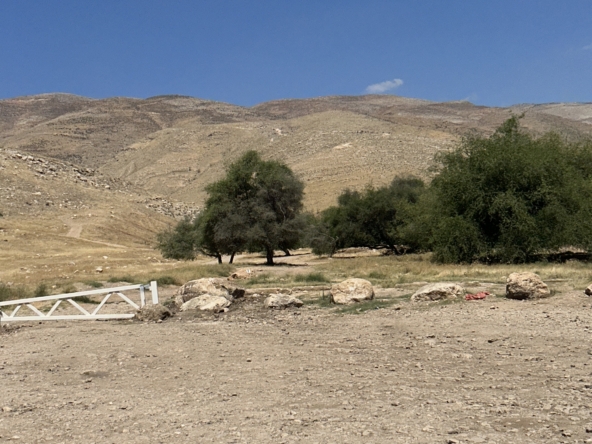Land Release in Israel for 2025
The release of land in Israel is a crucial issue in the current context of demographic growth and rapid urbanization. In response to the increasing demand for housing and infrastructure, the Israeli Ministry of Economy plans to release several plots of land by 2025. This presentation aims to analyze government initiatives, their potential impacts on the real estate market, as well as the opportunities and challenges that arise.
1. Demographic and Economic Context
1.1 Population Growth
- According to the Central Bureau of Statistics (CBS), Israel’s population has grown from 8.6 million in 2020 to nearly 9.5 million in 2023, with projections reaching about 10 million by 2025.
- This growth places considerable pressure on the housing market, leading to rising property prices.
1.2 Economic Analysis
- Israel’s Gross Domestic Product (GDP) has experienced robust growth, but the rising cost of living, including housing, poses challenges to the economy. Data from the Bank of Israel indicates that inflation has impacted households, increasing the urgency for a governmental response.
2. Initiatives from the Ministry of Economy
2.1 Land Release Plan
- The Ministry of Economy has announced an initiative to release approximately 100,000 housing units by 2025. This plan focuses on high-demand urban areas and public lands.
- Projects include residential, commercial, and infrastructure developments.
2.2 Targeted Areas
- Targeted areas include regions like the outskirts of Tel Aviv, Haifa, and rural northern areas, where housing needs are particularly pressing. Market studies published by Mochot indicate strong demand in these regions.
3. Impacts on the Real Estate Market
3.1 On Housing Prices
- According to a report by Knight Frank, housing prices in Israel have increased by 10% per year, making affordability increasingly difficult. The release of new lands could stabilize or even reduce these prices in the long term.
3.2 Housing Accessibility
- The land release project is essential for improving housing accessibility, especially for young couples and low-income families.
4. Incentives and Opportunities for Investors
4.1 Tax Incentives
- The Israeli government offers various tax incentives to encourage investments in these new developments. Investors may benefit from tax reductions on rental income and grants for infrastructure projects.
4.2 Ongoing Projects
- Tender announcements for new developments can be found on Tenders.gov.il, where investors can explore opportunities to participate in large-scale projects.
5. Risks and Challenges
5.1 Political Uncertainties
- The geopolitical situation in Israel, particularly tensions with neighboring countries, can pose risks for investments. Analyses from the Institute for National Security Studies (INSS) highlight these challenges.
5.2 Local Resistance
- Development projects may face opposition from local communities, potentially leading to delays and legal complications.
6. Case Studies
6.1 Previous Projects
- Examples like the Har Homa development project in Jerusalem illustrate how similar projects have succeeded in meeting housing demand but also faced resistance.
6.2 International Comparison
- Other countries, such as Germany and the United States, have also implemented similar strategies to release land, with varied results regarding their impact on the real estate market.
The release of land in Israel for 2025 represents a significant opportunity to meet the growing needs for housing and infrastructure. However, investors must navigate a complex landscape marked by political uncertainties and local resistance. Careful planning and in-depth analysis of opportunities and risks will be essential to leverage this initiative.
Sources and References
- Central Bureau of Statistics (CBS): www.cbs.gov.il
- Bank of Israel: www.boi.org.il
- Israeli Ministry of Economy: www.economy.gov.il
- Mochot: www.mochot.co.il
- Knight Frank: www.knightfrank.com
- Tenders.gov.il: www.tenders.gov.il
- Institute for National Security Studies (INSS): www.inss.org.il



